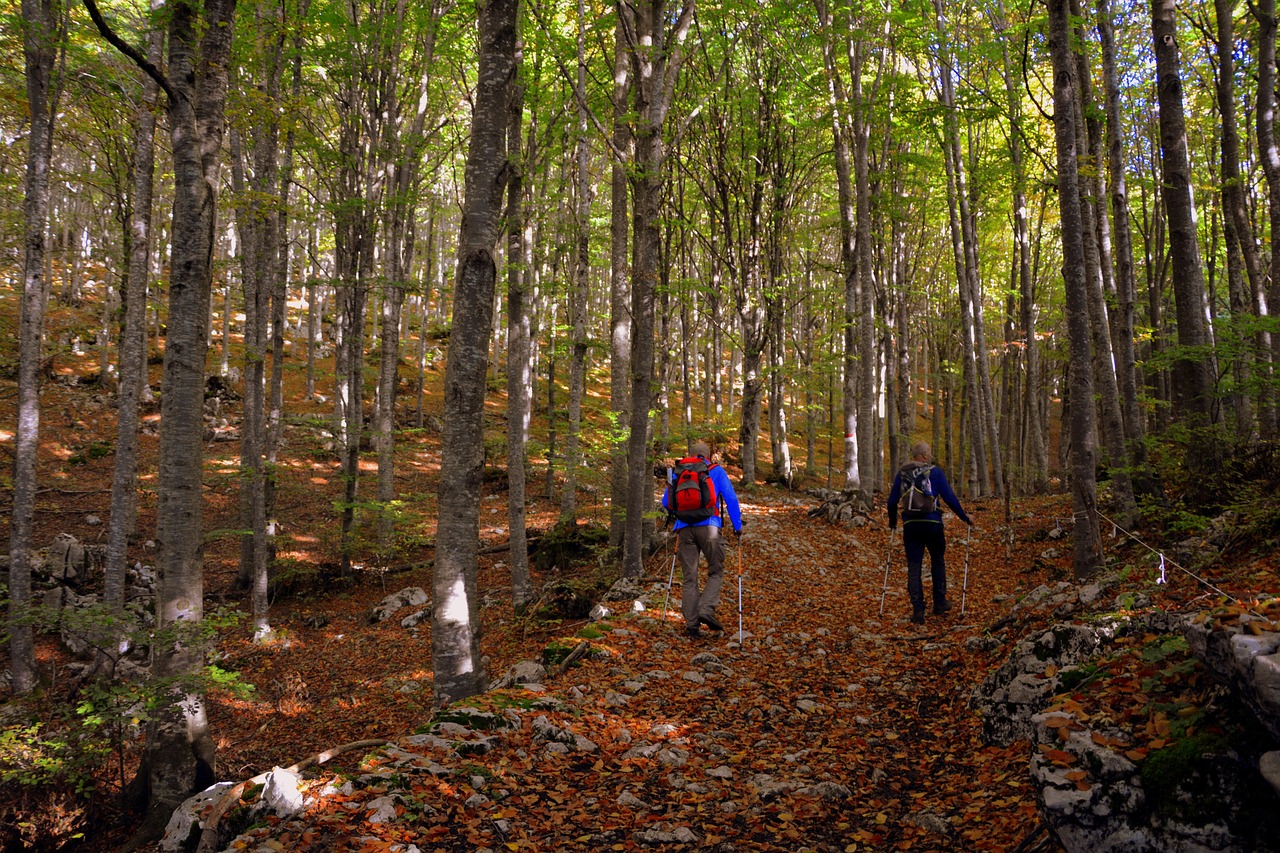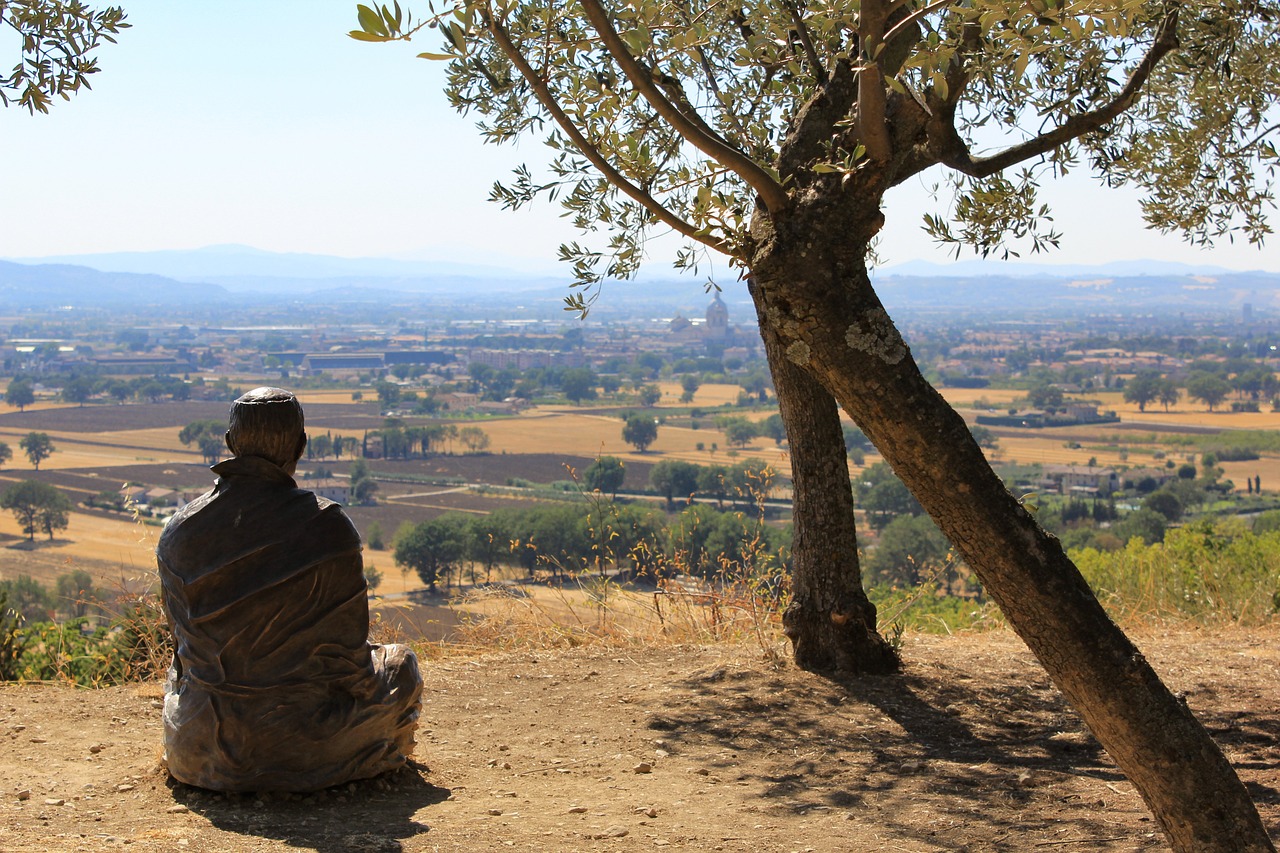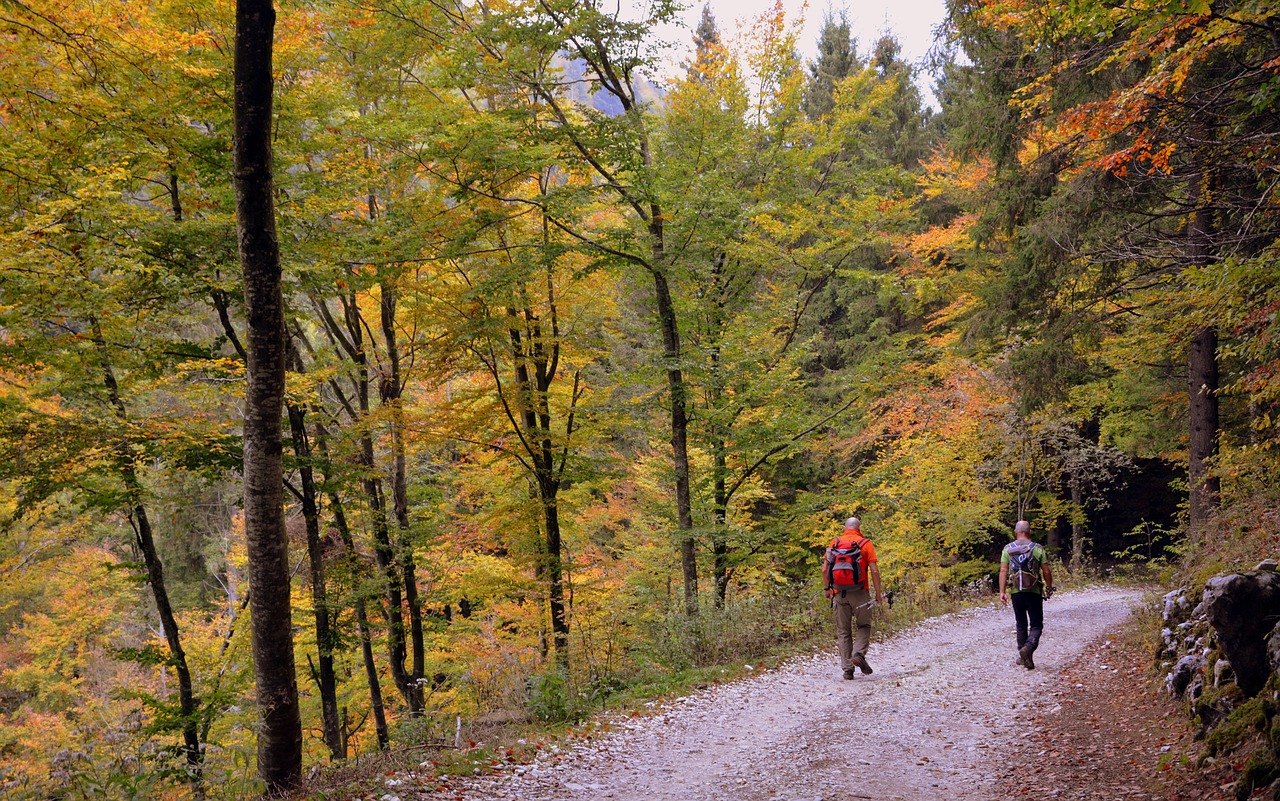
The term 'cammino' refers to the usual act of moving on foot, and the term was adopted from the Romans who brought the word from the Celtic population into the spoken Latin.
However, when speaking about 'cammino,' beyond the literal meaning of the term, much more is implied. In 2016, the Italian Ministry of Cultural Heritage and Activities and Tourism (MIBACT) introduced the 'Digital Atlas of Italian Paths' ('Atlante Digitale dei Cammini d'Italia'), defining these paths as:
'cultural itineraries of particular European and/or national relevance, accessible on foot or through other forms of sustainable soft mobility, representing a way to experience the widespread natural and cultural heritage, as well as an opportunity for enhancing the natural, cultural attractions, and the involved territories.'
In addition to the definition of 'cammini,' MIBACT itself has established eleven criteria that provide a clearer understanding of what is meant by a path.

Very often, 'cammini' are routes traced along old, now-disused roads that were once used as trade routes by ancient people. However, over time, the art of walking has been rediscovered, leading to the revival of these old paths, which have now become a major tourist attraction for hiking and slow tourism enthusiasts.
The so-called 'slow mobility' is working to establish a true network of walking paths in Italy, such as the "VIA DEGLI DEI" (Way of the Gods) and the "VIA DI SAN BENEDETTO" (Way of Saint Benedict). These paths are equipped with physically marked routes, horizontal and/or vertical signage, a maximum of 40% paved road, and safe-to-use paths.
These are just a few of the eleven criteria established by MIBACT for greenways because when talking about what constitutes a 'cammino,' there are other characteristics to consider. These paths are often multi-day journeys, which is why they must have designated stopping points at acceptable intervals, easily understandable directions for travelers, and informed facilities ready to welcome walkers. This is evident, for instance, in the "VIA DI SAN FRANCESCO" (Way of Saint Francis), where each path should have a 'travel document' to be stamped at each stop and a 'testimonial of completion' at the end of the journey.

Another essential characteristic for a 'cammino' is to provide travelers with a map or even better, a GPS track, to be used as a guide, ensuring a safe journey.
Slow tourism is increasingly developing in Italy and Europe. Therefore, an additional aspect to consider when defining what a 'cammino' is, involves the accessibility of the route. This pertains not only to pathways suitable for walking, horseback riding, cycling, or accommodating individuals with disabilities or reduced mobility but also in terms of stages of varying lengths to facilitate those who aren't accustomed to walking long distances (If you are among these, discover "WHAT TO DO BEFORE EMBARKING ON A JOURNEY".)

Whether it's a journey focused on nature, culture, or sports, walking is undoubtedly an enrichment of the soul for those who embark upon it. It's a continuous discovery of places both throughout the journey and at the destination. It's a way of slow and sustainable travel, in complete harmony with nature.
Embark on a journey of discovery to explore "THE BEST JOURNEYS IN ITALY" and "THE BEST JOURNEYS IN UMBRIA"